Howie Bentley Reviews The Drums of Chaos
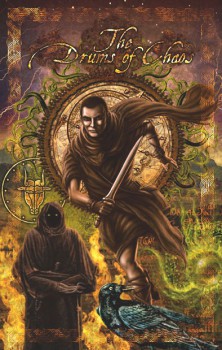 The Drums Of Chaos
The Drums Of Chaos
Richard L. Tierney
Mythos Books (440 pages, $45, Sept 2008)
Reviewed by Howie Bentley
Simon of Gitta, Richard L. Tierney’s famous escaped gladiator turned student of the occult, has returned to the Holy Land to take revenge on the Roman officials who killed his parents and sold him into slavery. The Drums of Chaos shows Simon at his most savage as he slays his foes and writes messages on the wall in their blood. Simon is a hell hound on his enemies’ trail, but his plans start being disrupted as apocalyptic supernatural events unfold and cross his path. It seems that there are a handful of different factions of sorcerers, all with their own agendas; not excluding Jesus Christ, the son of Yahweh Zava’ot (A.K.A. Yog-Sothoth).
Although this is a Sword & Sorcery novel in the grand Howardian tradition, it is just as much about the events surrounding the crucifixion of Jesus Christ as it is about Simon’s adventures in the Holy Land. Imagine the Christ Passion viewed through the eyes of H.P. Lovecraft and you start to get an idea where this is going. Some may scoff at this portrayal of biblical events but I think, looking at it objectively, you have to admit that Tierney’s account of the crucifixion is just as plausible as the stories you hear in church, and a hell of a lot more interesting – as I often found myself on the edge of my seat while reading Drums, as opposed to slumped down in my seat asleep. This might well be considered the most blasphemous yarn of the whole literary body termed “the Mythos,” and considering the nature of the field, that’s saying something.
 Congratulations to Realms of Fantasy on its 100th issue (which actually has 101 pages, but I guess the extra page is for good luck, and doesn’t make for quite the same alliterative headline), a notable accomplishment for a publication that has been brought back from the dead on several occasions. In fact, the magazine has had five publishers, with founding editor Shawna McCarthy the only person who has been there for the duration, according to the issue’s “Little Known Facts.” Fiction contributors include Leah Bobet, Josh Rountree and Samantha Henderson, Sharon Mock, Thea Hutchinson, Patrick Samphire, Euan Harvey and David D. Levine, as well as poetry by Ursula Le Guin and various art, book, gaming and movie reviews along with the regular Folkroots column by Theodora Gass. Here’s the complete
Congratulations to Realms of Fantasy on its 100th issue (which actually has 101 pages, but I guess the extra page is for good luck, and doesn’t make for quite the same alliterative headline), a notable accomplishment for a publication that has been brought back from the dead on several occasions. In fact, the magazine has had five publishers, with founding editor Shawna McCarthy the only person who has been there for the duration, according to the issue’s “Little Known Facts.” Fiction contributors include Leah Bobet, Josh Rountree and Samantha Henderson, Sharon Mock, Thea Hutchinson, Patrick Samphire, Euan Harvey and David D. Levine, as well as poetry by Ursula Le Guin and various art, book, gaming and movie reviews along with the regular Folkroots column by Theodora Gass. Here’s the complete  Tastemaker Central take particular pleasure in noting that the latter literary bastion has much of interest to the same people who read the bastion of fantasy genre tales (and perhaps vice versa?). The Summer 2011 features “Art of Fiction” interviews with Samuel R. Delany and William Gibson, as well as a story by Jonathan Lethem, “The Empty Room,” that’s available
Tastemaker Central take particular pleasure in noting that the latter literary bastion has much of interest to the same people who read the bastion of fantasy genre tales (and perhaps vice versa?). The Summer 2011 features “Art of Fiction” interviews with Samuel R. Delany and William Gibson, as well as a story by Jonathan Lethem, “The Empty Room,” that’s available 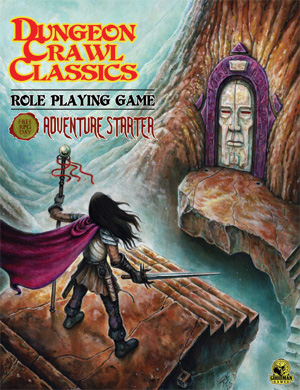 This Saturday is Free RPG Day, and as a lifelong gamer I wanted to encourage all of you current, former, and interested potential gamers to drop by your local gaming store to see what free role-playing game products are being offered for your enjoyment.
This Saturday is Free RPG Day, and as a lifelong gamer I wanted to encourage all of you current, former, and interested potential gamers to drop by your local gaming store to see what free role-playing game products are being offered for your enjoyment.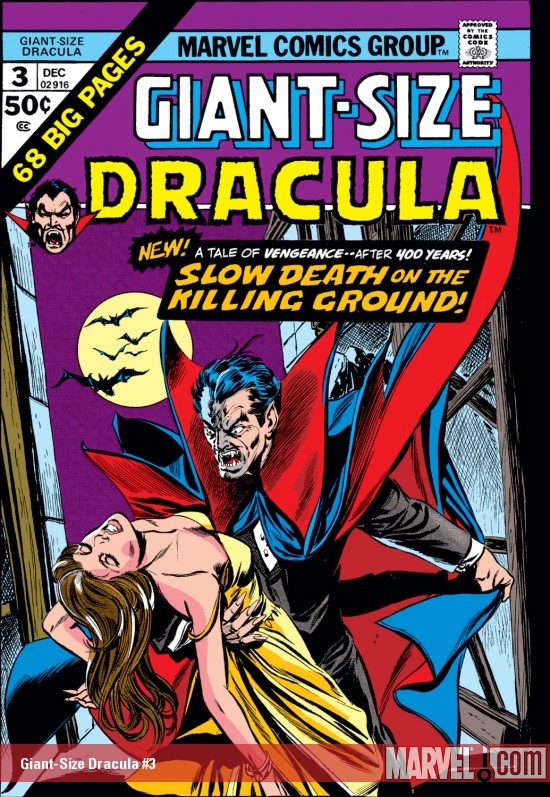
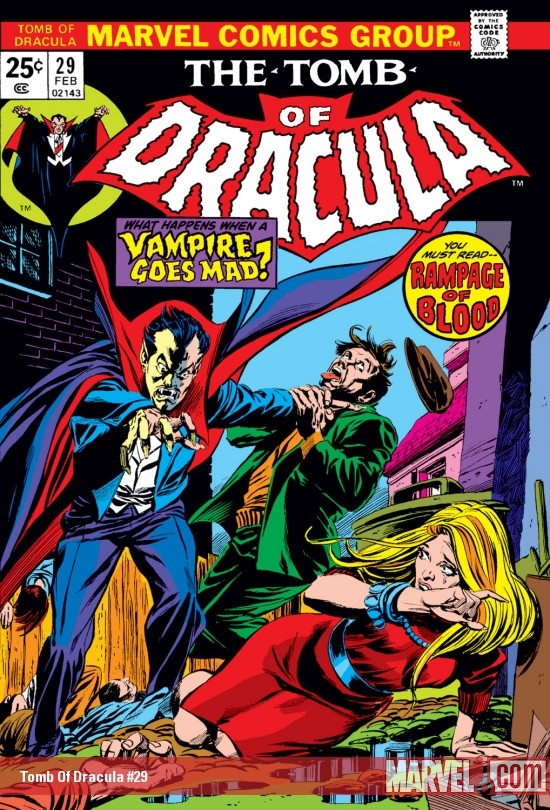

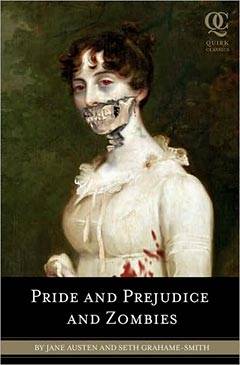

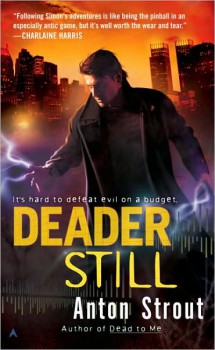 Deader Still
Deader Still
